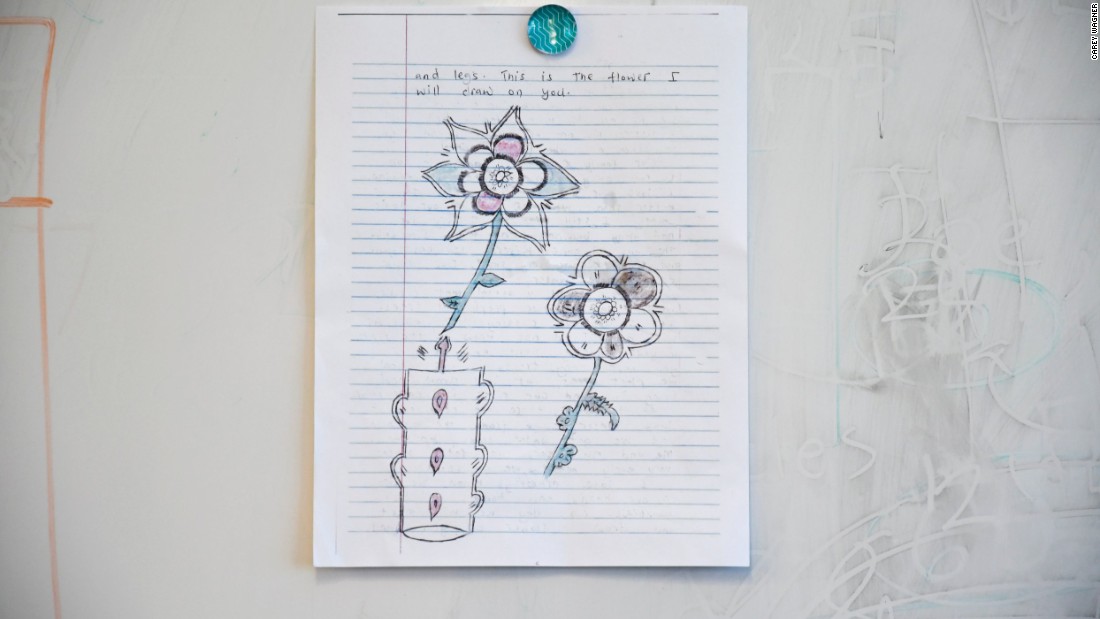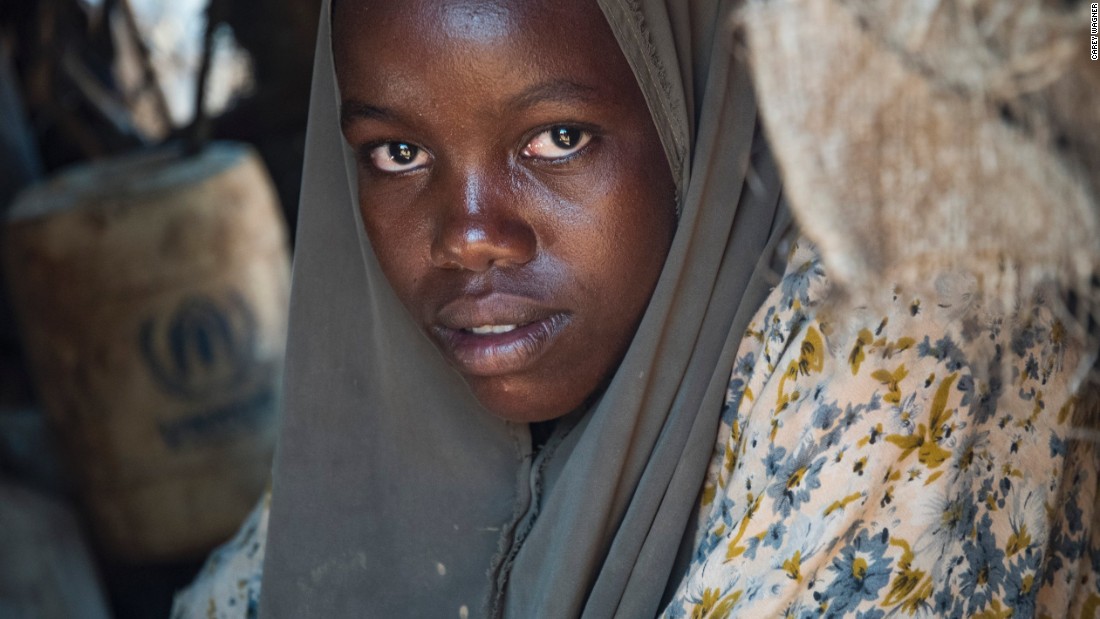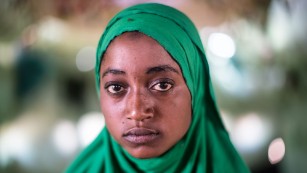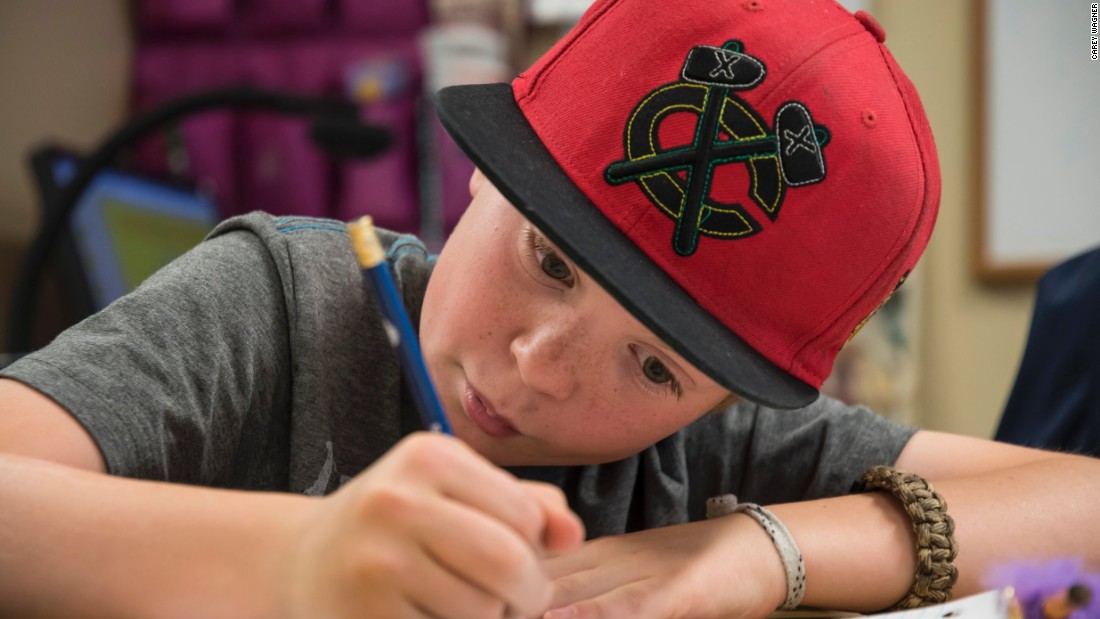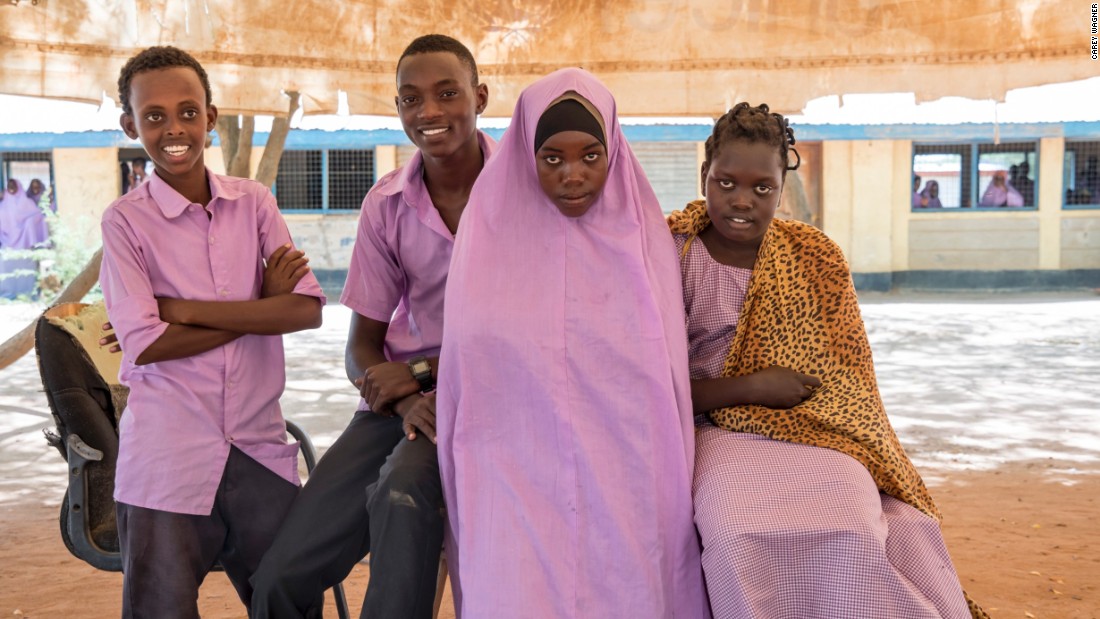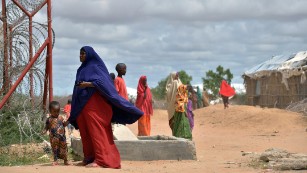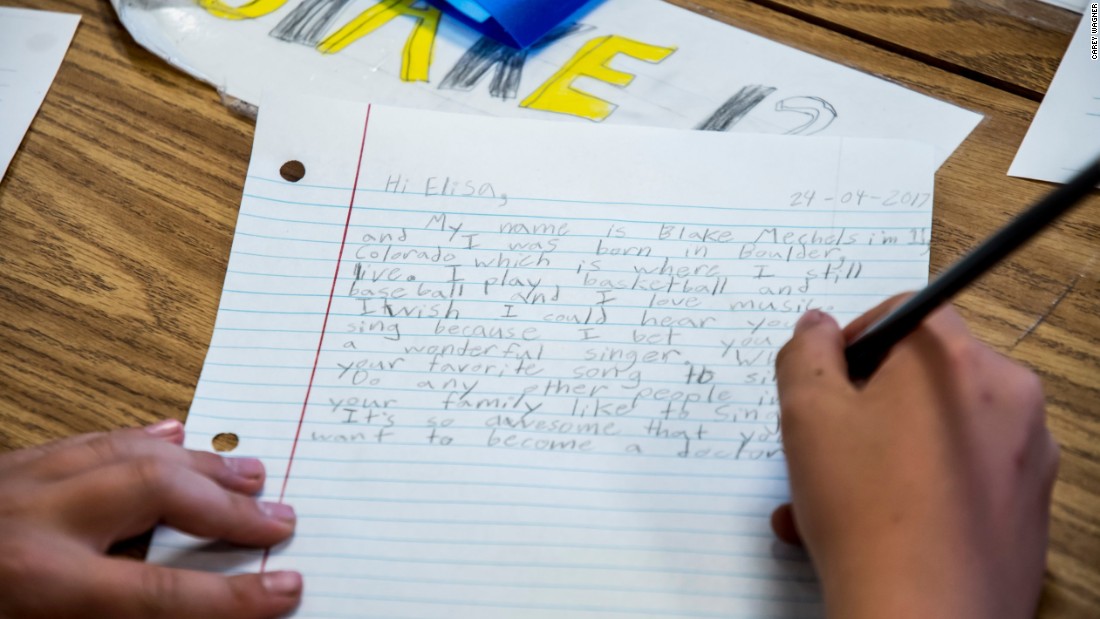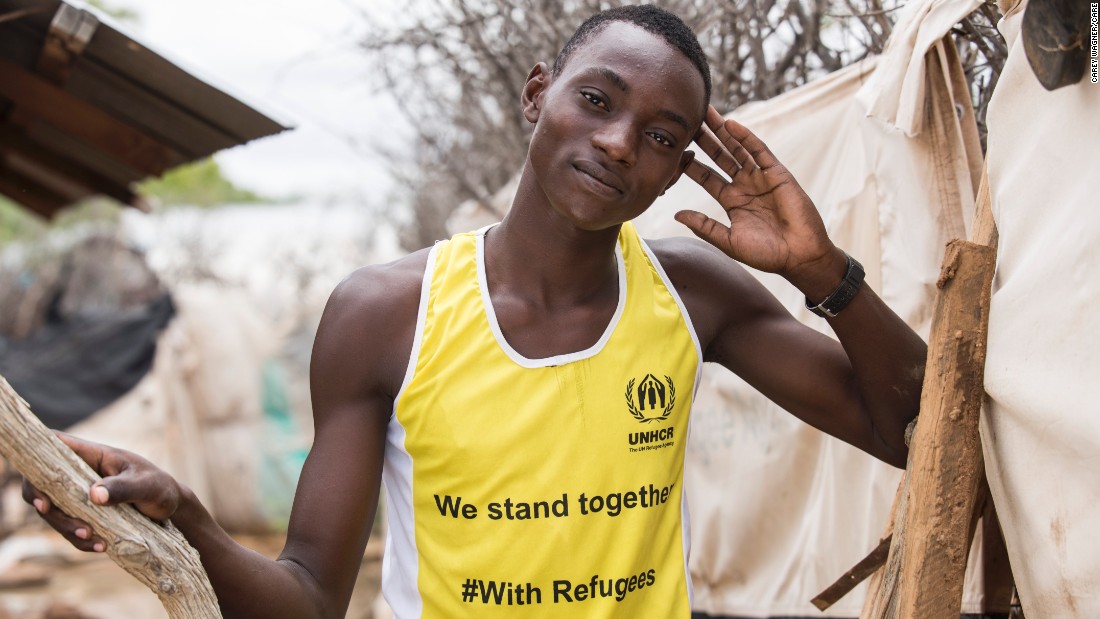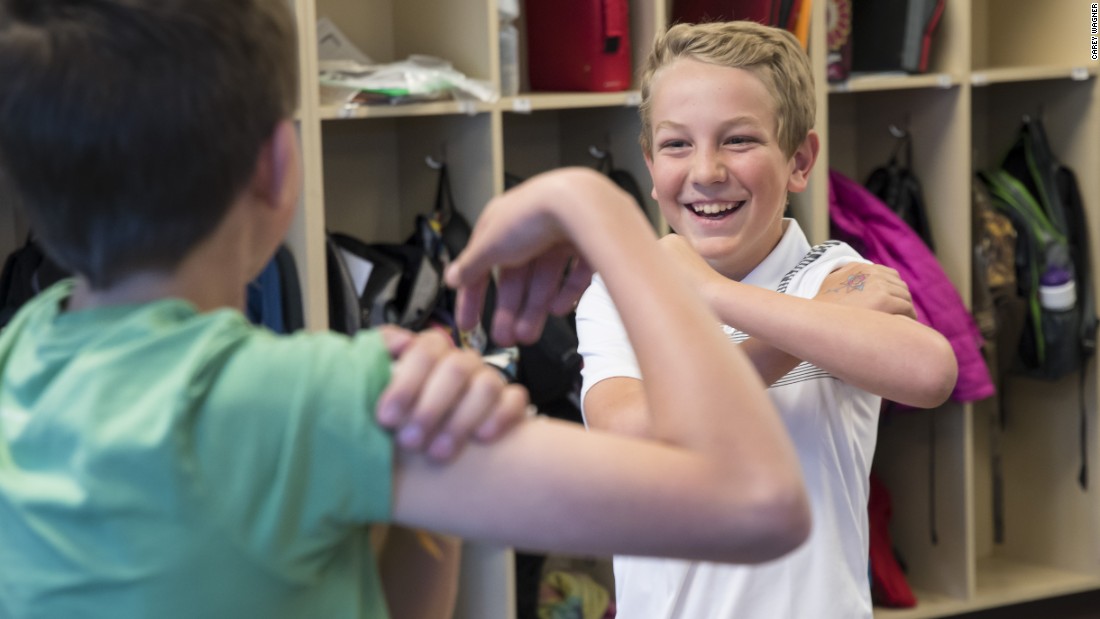American kids want the world's refugees to know they're not forgotten
Updated 10:34 AM ET, Tue June 20, 2017http://www.cnn.com/2017/06/20/world/letters-of-hope-trnd/index.html

(CNN)The flower was intricately drawn, with each pattern nesting delicately inside another. Pink and white petals sprouted from a blue stem. It stretched across the back of the lined paper next to a smaller, similar flower.

